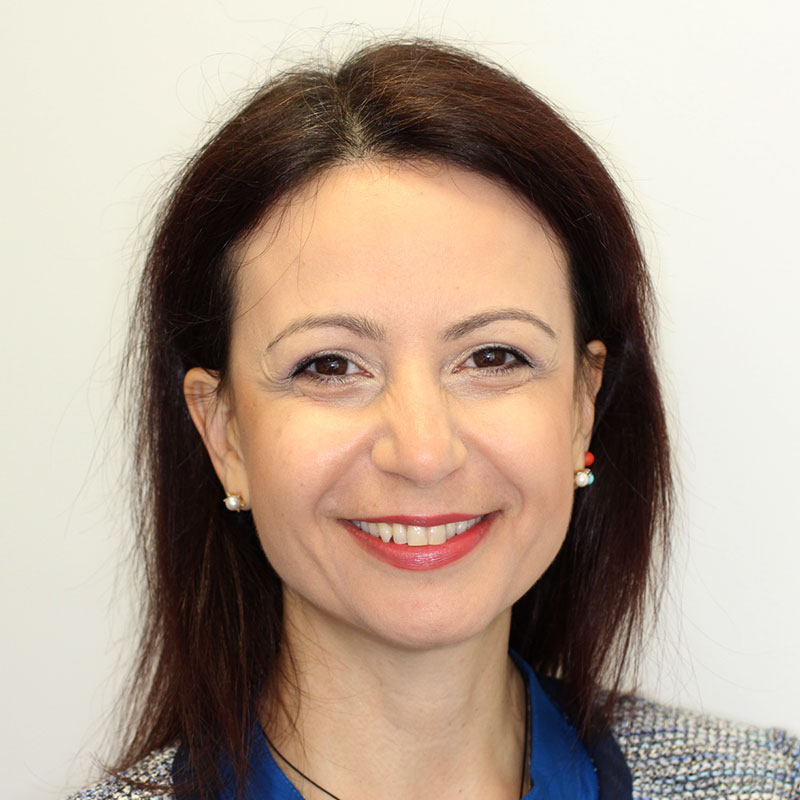
Open bite and aligners a multi centre study.
Open bite is defined as lack of overlap between the upper and lower teeth leading to unilateral or bilateral lack of contact either in the buccal or most often in the anterior dental segments. The prevalence of anterior open bite ranges between 2-7% among races with percentages being greater in African Americans when compared to Caucasians and Hispanics. Even though occlusal improvement or even self-correction may me noticed during the mixed dentition phase, this does not continue after the establishment of the permanent dentition. The development of open bite is multifactorial with genetic and environmental factors (sucking habits, resting tongue position, mouth breathing and subsequent alterations in head posture) contributing to different extend. Treatment alternatives are mainly focused in confronting the etiology of the problem and also differ according to the age and possible growth potential of the patient. In growing patients, habit cessation and/or growth modification appliances are used in order either to control cessation of an associated habit or vertical posterior alveolar growth respectively. Contrary to the successful interceptive treatment in growing patients, adults with open bite are treated either conservatively with fixed orthodontic appliances or with various surgical methods that attempt mainly intrusion of the buccal segments. This includes maxillary impaction with orthognathic surgery or the use of temporary anchorage devises (TADs) such as mini-screws, mini-implants and zygomatic titanium plates; however, the complexity of the patients’ biologic background and the controversial long term stability make open bite treatment one of the most changing situations in the everyday orthodontic clinical practice. Recently, the application of clear aligners in the armamentarium of open bite treatment has been advocated as a more conservative and effective method. Nevertheless, literature is sparse and limited to case reports. In this multi-centre study, the treatment results of open bite cases addressed with Invisalign® clear aligners in non growing patients are presented with main focus on the amount of skeletal and dental contribution and the smile esthetics achieved with this patient friendly and widely accepted approach.
Biography
Dr Alexandra K. Papadopoulou is a Senior Lecturer in the Discipline of Orthodontics of the University of Sydney, Australia. Dr Papadopoulou has received her Dental Degree, Specialisation degree in Oral Surgery, Implantology and Dentomaxillofacial Radiology, Specialisation Degree in Orthodontics and PhD from the Faculty of Dentistry, Aristotle University of Thessaloniki, Greece. She also completed a 2-year Fellowship in the Department of Histology and Embryology, Faculty of Medicine, Aristotle University of Thessaloniki, Greece. Dr Papadopoulou has supervised numerous Doctor in Clinical Dentistry (DClinDent) Orthodontics Thesis and Higher Research Degree projects (Masters in Philosophy and PhD) in the University of Sydney.
Dr Papadopoulou has published several research papers in peer-reviewed journals and is also a reviewer in most orthodontic journals. Her main research interests focus in the efficacy of dentofacial orthopaedic treatment, adjunct methods in accelerating orthodontics, temporary anchorage devices (TADs), biology of orthodontic tooth movement, airway changes with orthodontic treatment, 3D technology.
